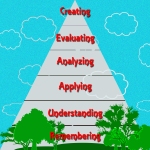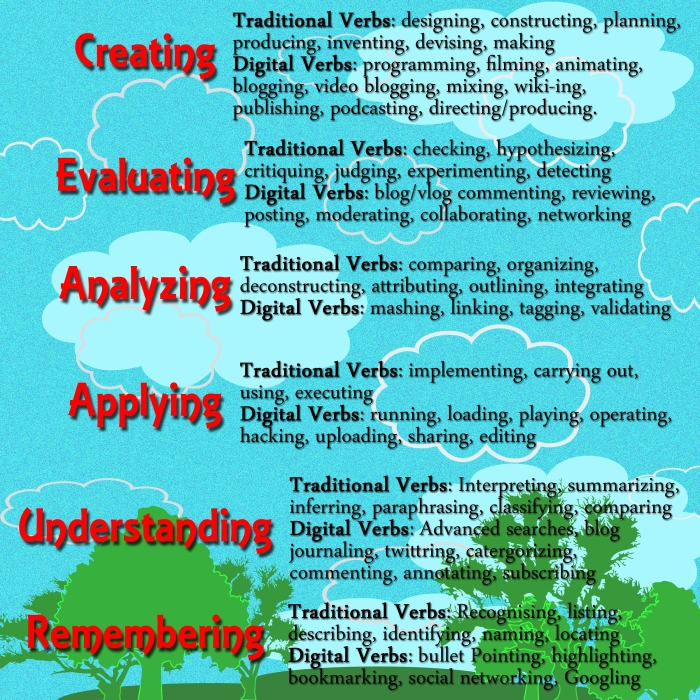Monday. I have a love hate relationship with Monday. I love it because I get to teach again…but I hate it because I have to wake up at five after sleeping until ten on the weekends.
Yesterday was a particularly bad Monday for several reasons:
1) I didn’t feel well (I left school early today and I am typing this blog from home).
2) It was the day of our first annual magic show – a fundraiser for our renaissance program. Everybody was going nuts with last-minute plans.
3) I discovered that wordpress.com is blocked at school, which annoyed me. What does THAT say about our preëxisting notions of digital literacy?
4) I wasn’t fully prepared for the day because I spent the weekend obsessing over blog posts and reading education articles instead of planning my lessons (bad teacher!).
So there I was, at the beginning of the period, frantically finishing my SmartBoard presentation for my adjectives and adverbs mini-lesson. I killed a bit of time by having the kids copy down the agenda from the board, but it wasn’t quite enough. I decided to have them do a quick write on how they use technology in their lives.
Their responses varied from playing internet based games to fiddling with the GPS systems in their parents’ cars, which surprised me. The word “technology” automatically conjures up images of computers and smart phones – not cars and toenail clippers (one of the boys shared that thought, which I thought was very clever. After all, technology does not always involve sparks and wires).
Among the Facebook comments, YouTube videos, and video game cheat codes, one of the students said that he likes to use the internet to “look stuff up.” When I asked him what kind of stuff, he couldn’t (or perhaps wouldn’t) tell me. At the other end of the room one of the girls said that she likes to look up ways to solve math problems using YouTube because “the guy will solve it in the video and then it makes sense.” That comment then reminded another student that he likes to use the internet to clarify his understanding on a specific topic with sites such as Wikipedia.
These comments raise an interesting point about our students changing literacies: they use and think about technology on a different level than their parents and teachers. This is because they are considered “digital natives” and their parents and teachers are considered “digital immigrants.” Digital natives navigate digital waters effortlessly, and the comments above show that they use the internet to learn new material – such as how to solve algebraic equations or just “stuff” about life and the world – that may or may not be purely academic.
But who is to say that “academic” learning is the only important type of learning? To our students the new understandings they construct about life and the world outside of school may be more relevant than finding the theme of The Giver. How then, can we as educators make academic learning exciting and relevant to our students?
Now for a brief tangent…
Research has shown that a multilayered approach is most effective, and the layers I am referring to are as follows: 1) Construction of Knowledge 2) Disciplined Inquiry 3) Value Beyond School. Construction of knowledge requires students to use new knowledge gained from a variety of sources to create something original; and students can engage in disciplined inquiry by expressing their thoughts and ideas about new knowledge through “elaborated and extended communication;” but neither of these criteria will be effective without having some relevance to the real world (Gibbons, 2009).
Gibbons ideas closely follow the higher order thinking skills in Bloom’s Taxonomy. Construction of knowledge requires synthesis, evaluation, and creation while disciplined inquiry requires the students to analyze and evaluate information as well. So, in order to pull these theories (and this tangent) back into the digital age, I have included a link to a fabulous article that details the progression of Bloom’s Taxonomy through our changing society.
And, because I don’t like the bland graphic organizer the article has provided, I created a newer, prettier one. Take note of the list of verbs for each level of thinking. I’ve included the traditional verbs, but I’ve also added the digital verbs from the article. Enjoy!
Works Cited
Churches, Andrew. “TechLearning: Bloom’s Taxonomy Blooms Digitally.” Classroom Tech Learning, Education, PC, Mac, IPad, Bloomâs Taxonomy â Techlearning.com. Web. 31 Jan. 2012. <http://www.techlearning.com/article/44988>.
Gibbons, Pauline. English Learners, Academic Literacy, and Thinking: Learning in the Challenge Zone. Portsmouth, NH: Heinemann, 2009. Print.


Love this post. Reminds me that we do need to allow those new forms of digital literacy more and more into the classroom as schools go with laptops and iPads, and as we turn workbooks into blogs and websites. Will definitely look at the Blooms article!
LikeLike
I get pleasure from, result in I discovered just what I was having a loook for.
You have ended my four day long hunt!God Bless you man. Have a nice day.
Bye
LikeLike